Atemoya Fruit Tree – Lisa Grafted Variety – 2 Feet Tall – Single Plant
Original price was: $225.99.$201.99Current price is: $201.99.
Enjoy homegrown tropical fruit with this grafted Atemoya Lisa tree. This young tree, approximately 2 feet tall, is shipped in a 3-gallon pot and ready to thrive in your garden. Grafted for superior fruit production.
Out of stock
Estimated arrival
Nov 30
Dec 05 - Dec 07
Dec 10 - Dec 14
Reasonable Price
We offer reasonable price

Support 24/7
Contact us 24 hrs a day

100% Money Back
You've 30 days to Return

Payment Secure
100% secure payment
Atemoya Lisa Grafted Tree: Grow Your Own Tropical Delight
The Atemoya Lisa Grafted Tree offers the joy of growing your own delicious, exotic fruit. This grafted tree, approximately 2 feet tall, arrives ready to plant and flourish. Grafting ensures earlier fruit production and consistent fruit quality compared to seed-grown trees. If you’re looking for a unique and rewarding addition to your garden, the atemoya tree is an excellent choice. It thrives in warm climates and produces a delectable fruit that’s a cross between a cherimoya and a sugar-apple.
This particular variety, the Lisa, is known for its exceptional flavor and texture. The fruit is sweet, creamy, and slightly tangy, with a melt-in-your-mouth consistency. Growing your own atemoya allows you to enjoy this delicacy fresh from the tree, at its peak ripeness. The tree itself is also visually appealing, with lush green foliage that adds beauty to any landscape. The grafted fruit tree will bring tropical flair to your garden.
Benefits of Growing Atemoya:
- Homegrown fruit tastes better than store-bought because it’s fresher.
- Atemoya fruit is full of vitamins and minerals.
- Growing fruit at home reduces your carbon footprint.
- The tree offers shade and is aesthetically pleasing to your yard.
- Grafting ensures earlier fruit production and consistent quality.
Key Considerations for Growing Atemoya: Proper sunlight and well-draining soil are essential for the atemoya tree’s growth and fruit production. Regular watering and fertilization will help the tree thrive. Protect the tree from frost, as it is sensitive to cold temperatures. With proper care, you can enjoy a bountiful harvest of delicious atemoya fruit for years to come. Don’t hesitate to add this tropical fruit tree to your garden.
Frequently Asked Questions About Atemoya Trees:
- How long will it take for my grafted atemoya tree to produce fruit? Grafted atemoya trees typically begin producing fruit within 2-3 years of planting, significantly faster than seed-grown trees.
- What is the ideal soil type for growing atemoya trees? Atemoya trees thrive in well-draining soil with a slightly acidic to neutral pH (6.0-7.0). Amend heavy clay soils with organic matter to improve drainage.
- How much sunlight does an atemoya tree need? Atemoya trees require at least 6-8 hours of direct sunlight per day to produce abundant fruit.
- How often should I water my atemoya tree? Water deeply and regularly, especially during dry periods. Allow the soil to dry slightly between waterings to prevent root rot. Aim for deep watering 1-2 times per week, depending on weather conditions.
- What is the best way to protect my atemoya tree from frost? Atemoya trees are sensitive to frost. If you live in an area with occasional frosts, protect the tree by covering it with a blanket or tarp when temperatures drop below freezing. You can also plant it in a pot and bring it indoors during the winter months.
Be the first to review “Atemoya Fruit Tree – Lisa Grafted Variety – 2 Feet Tall – Single Plant”

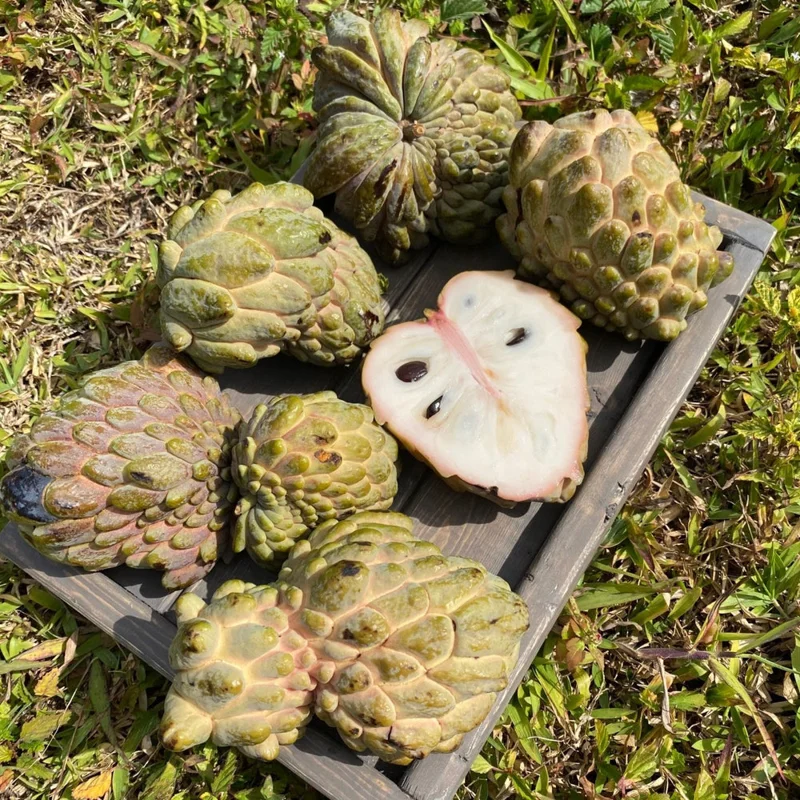
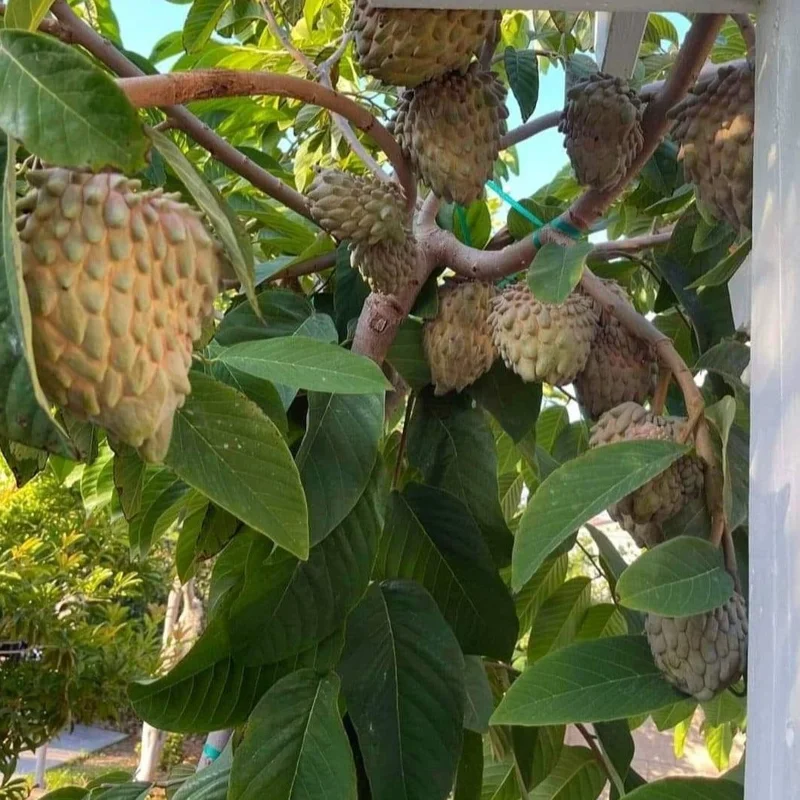

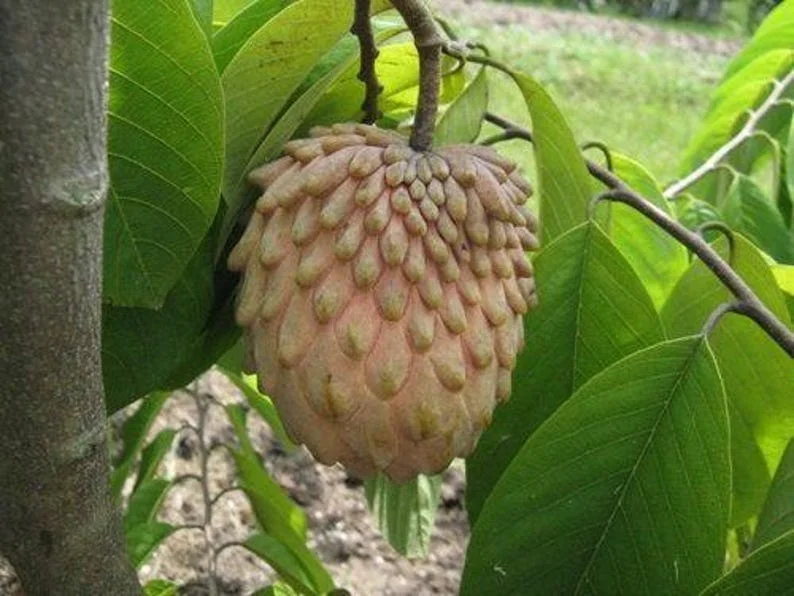

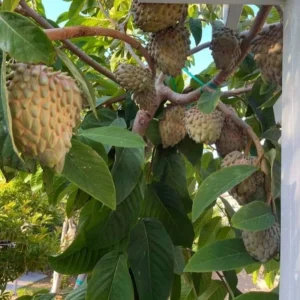

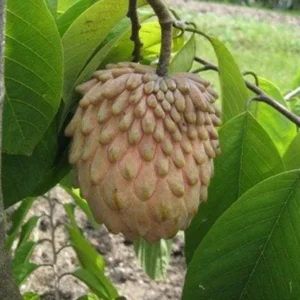






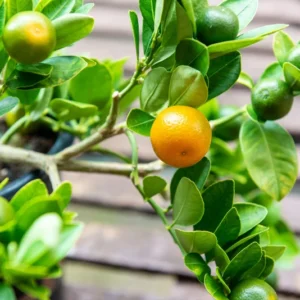
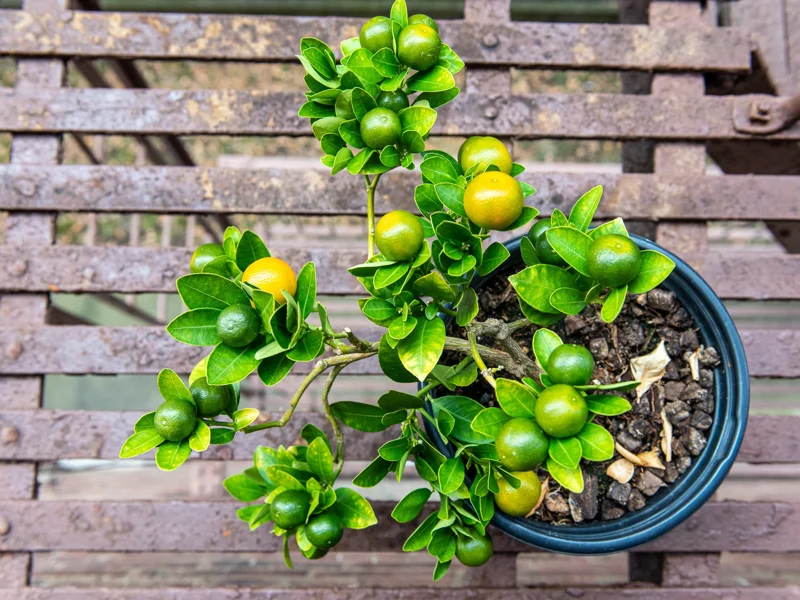
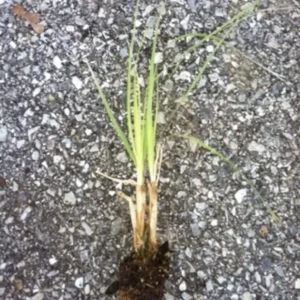
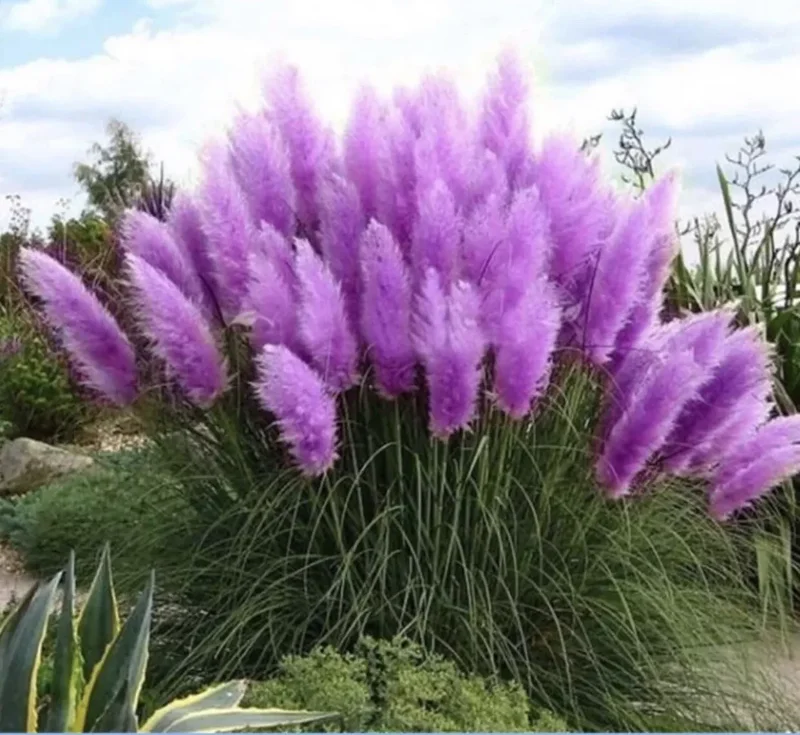




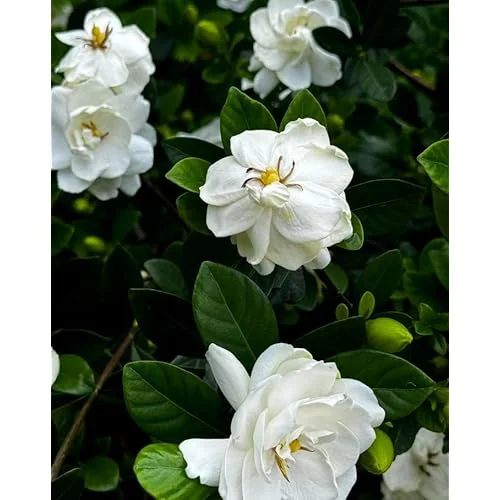

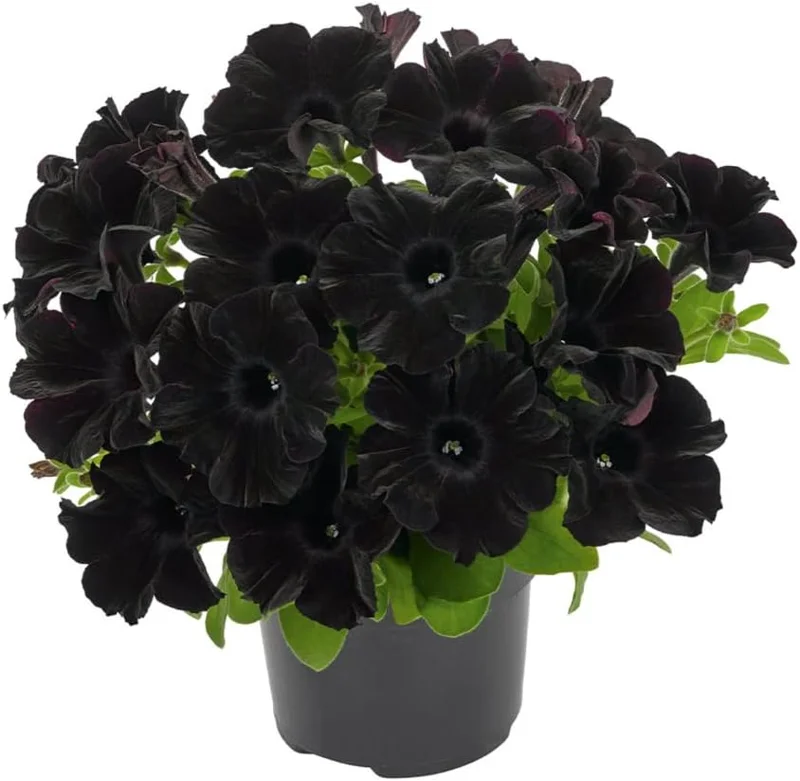
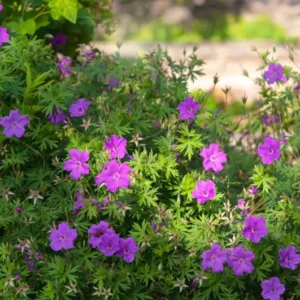



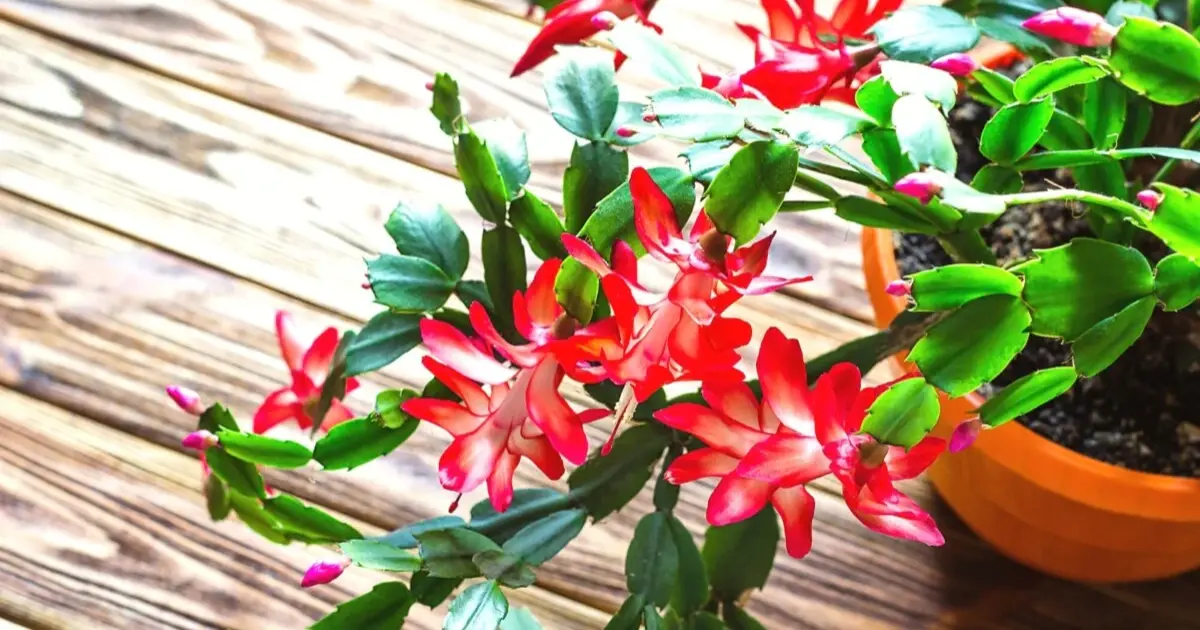
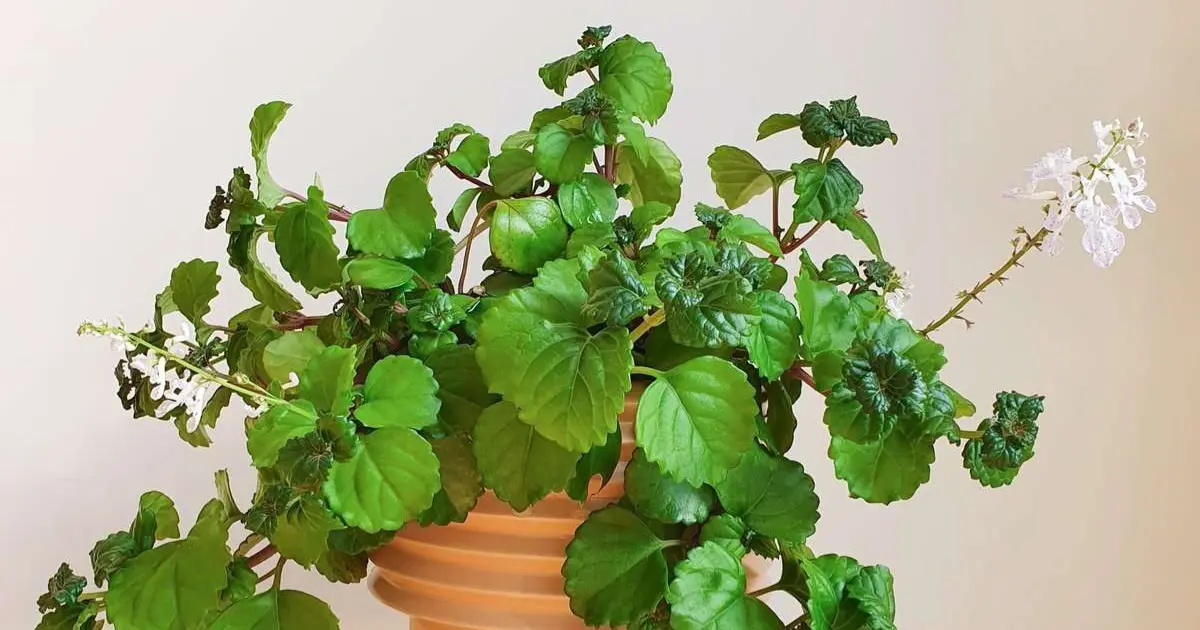
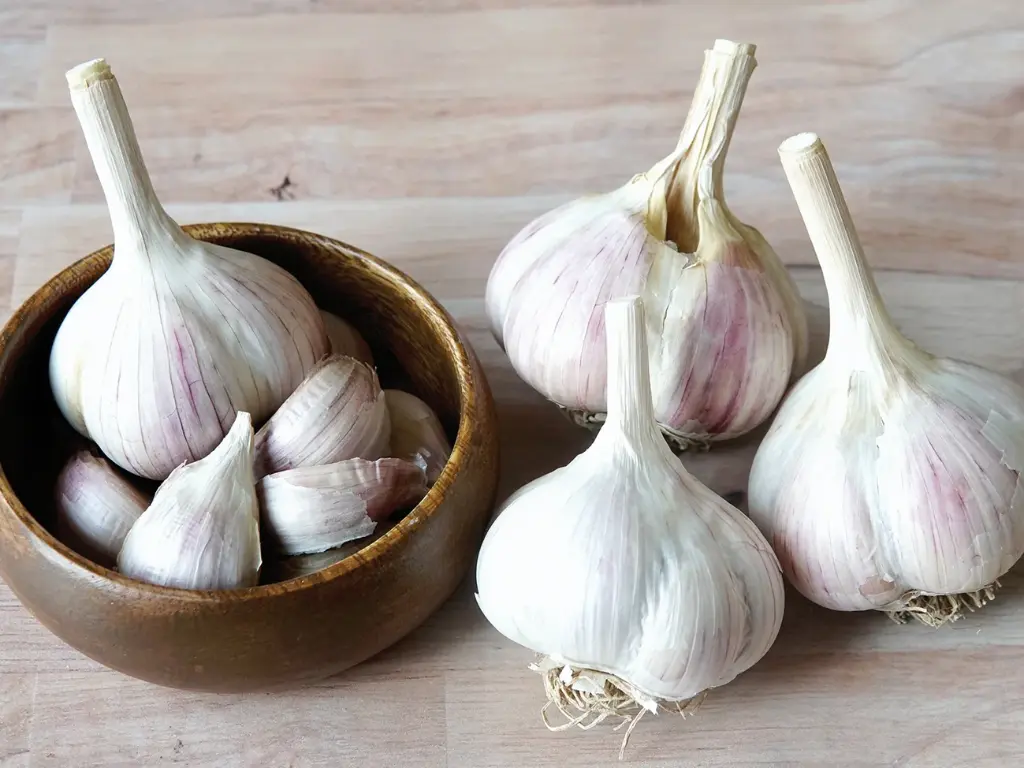
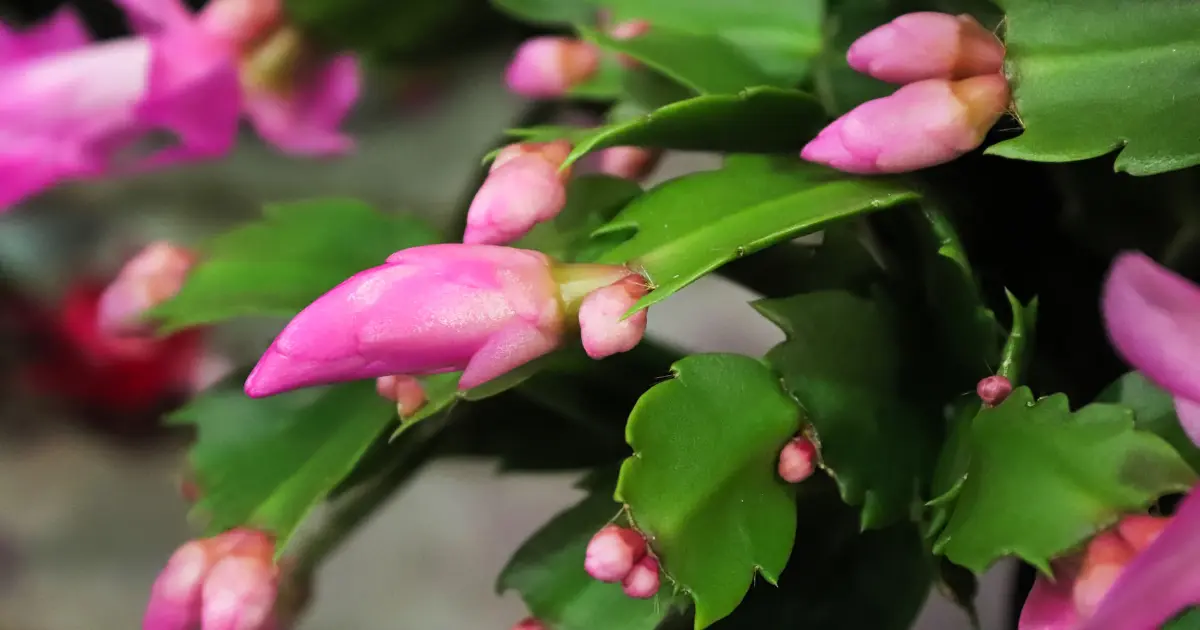
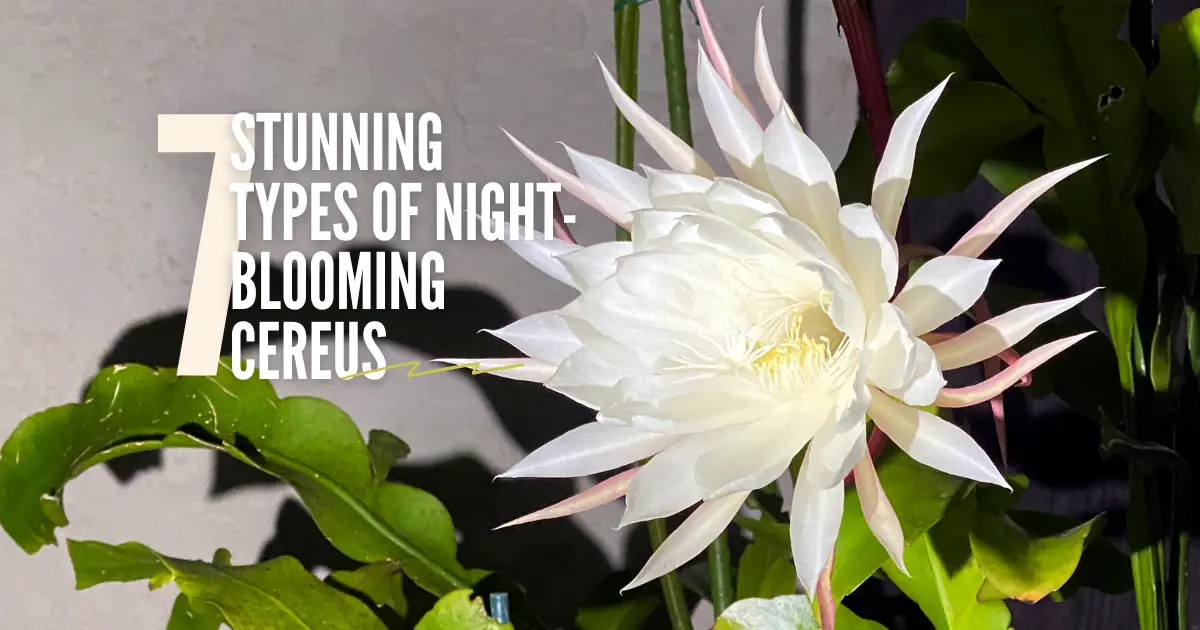






Reviews
There are no reviews yet.